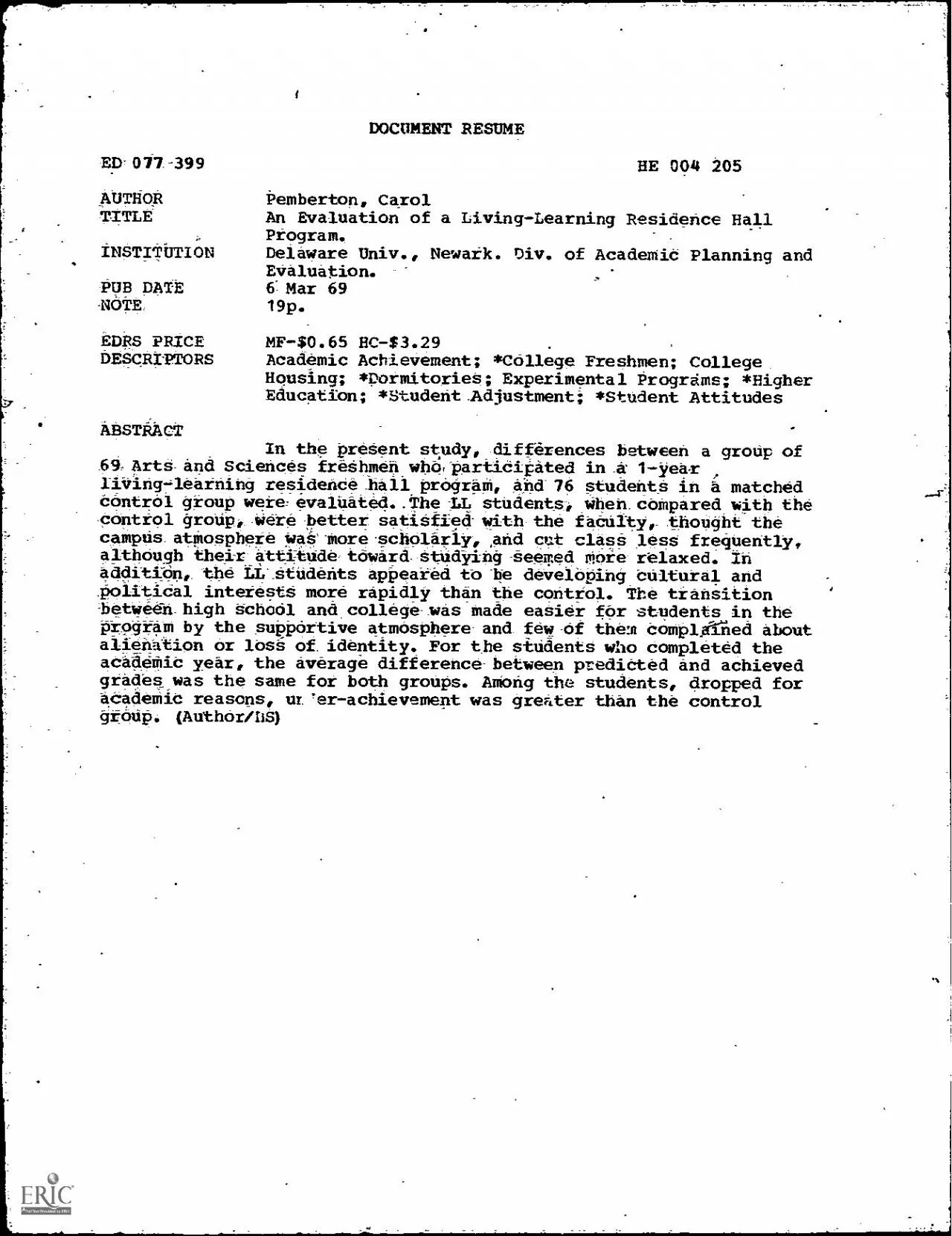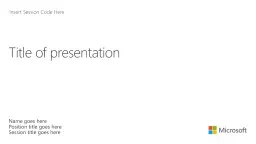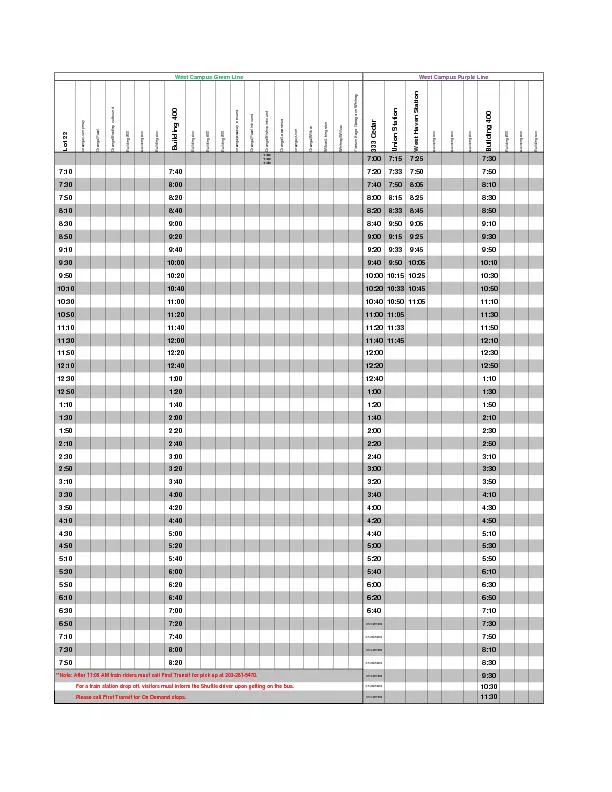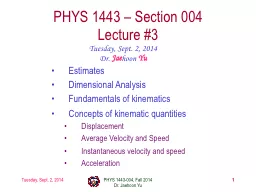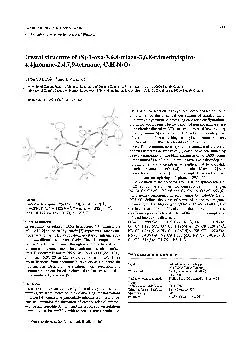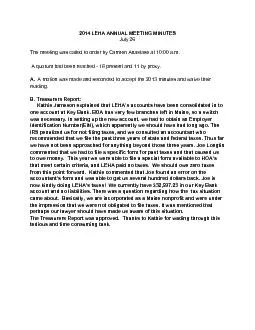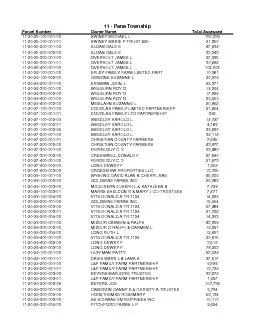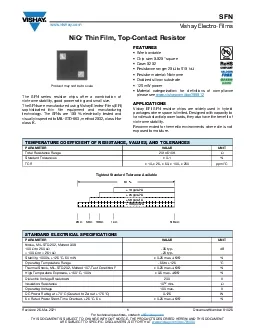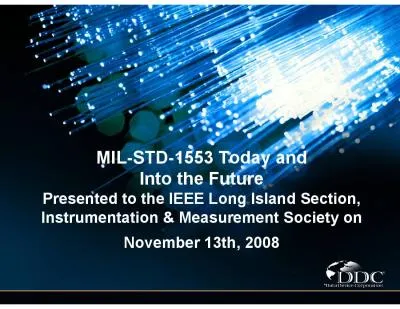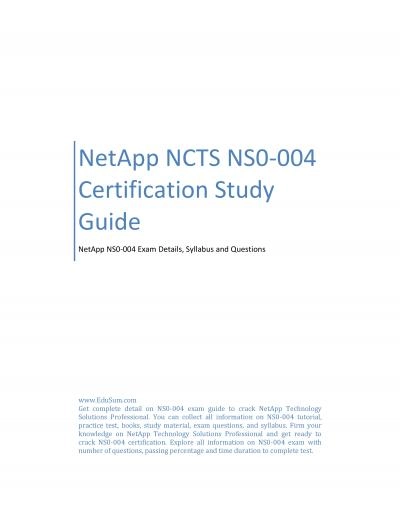PDF-DOCUMENT RESUMEEMI 077399HE 004 205AUTHORPemberton CarolTITLEAn Evalu
Author : lucy | Published Date : 2021-08-18
fbuJOPemberton1An Evaluation of a LivingLearning Residence Hall PrOgramDifferences between WI Arts and Sciencefreshmen who participatedin a oneyear livinglearning
Presentation Embed Code
Download Presentation
Download Presentation The PPT/PDF document "DOCUMENT RESUMEEMI 077399HE 004 205AUTHO..." is the property of its rightful owner. Permission is granted to download and print the materials on this website for personal, non-commercial use only, and to display it on your personal computer provided you do not modify the materials and that you retain all copyright notices contained in the materials. By downloading content from our website, you accept the terms of this agreement.
DOCUMENT RESUMEEMI 077399HE 004 205AUTHORPemberton CarolTITLEAn Evalu: Transcript
Download Rules Of Document
"DOCUMENT RESUMEEMI 077399HE 004 205AUTHORPemberton CarolTITLEAn Evalu"The content belongs to its owner. You may download and print it for personal use, without modification, and keep all copyright notices. By downloading, you agree to these terms.
Related Documents

